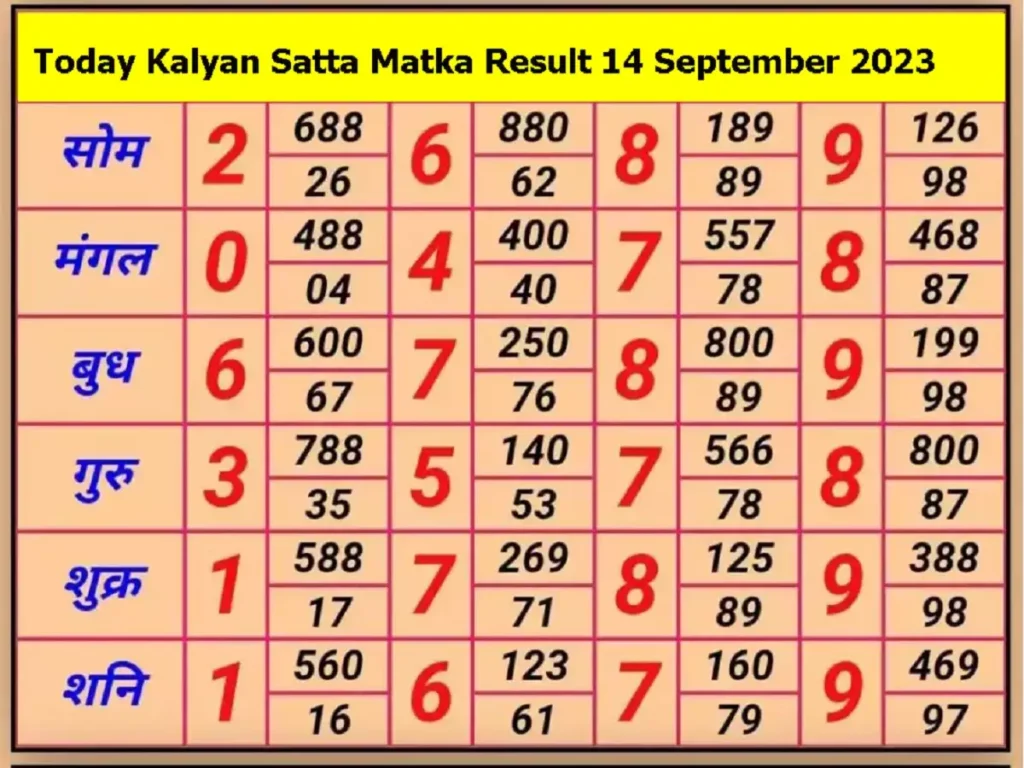Introduction
Sustainable development is more than a buzzword; it’s a lifeline. In a world where resources are finite, and the challenges seem to multiply daily, the idea of balancing economic growth, social well-being, and environmental preservation becomes a goal we can’t ignore. But who holds the key to making this happen? Communities. When communities take ownership of these goals, they don’t just create change; they create lasting impact. The From voicesofconservation.org blog is a platform dedicated to amplifying stories of such community-driven initiatives. Together, let’s explore how engaging communities unlocks sustainable futures, one step at a time.
Understanding Community Engagement
Definition and Importance
Community engagement is like planting a seed. It starts small with conversations and shared goals and grows into a big tree when nurtured with respect, resources and collaboration. It’s not just about inviting people to the table; it’s about their voices shaping the decisions.
When communities are involved in sustainable development the results are more meaningful. Local involvement means solutions are tailored to real needs not assumptions. This partnership creates a sense of shared responsibility and pride that drives long term commitment.
Community in Sustainable Development
Imagine standing at the edge of a forest with a guide who has lived there all their life. They know which plants heal, which paths to avoid and which seasons bring change. That’s what community members bring to sustainable development: an unparalleled depth of local knowledge and cultural practices.
From voicesofconservation.org blog know their challenges better than anyone else. They can identify their priorities and design solutions that make sense in their world. By tapping into this knowledge we can create initiatives that are not only effective but grounded in reality.
Key to Effective Community Engagement
Participatory Planning and Decision Making
Engaging communities in planning is like building a house with everyone contributing their skills. Some bring the bricks, others the blueprints and the result is a house that belongs to all. Participatory approaches get everyone involved, ownership and accountability.
Take for example a rural water project in East Africa. By involving local people in the design and implementation of the system the community ensured its long term success. They didn’t just get clean water; they built the infrastructure, learned to maintain it and took pride in it.
Capacity Building and Empowerment
Empowerment isn’t about giving someone a toolbox; it’s about teaching them how to use it. Capacity building gives communities the skills and knowledge to take ownership of sustainability initiatives. It’s the difference between giving a fish and teaching to fish.
In Indonesia women in coastal villages were trained to manage mangrove restoration projects. Not only did these projects address climate change but also gave women leadership opportunities and a new income stream. Empowerment became a ripple of positive change.
Networking and Collaboration
No community is an island. Partnerships between communities, NGOs and government agencies multiply efforts, turn small ripples into waves of change. Collaboration brings resources, expertise and networks that individual groups may not have.
One great example is in India where farmers partnered with local government and NGOs to adopt sustainable agriculture practices. This collaboration increased crop yields, reduced environmental impact and community resilience. Together they redefined what was possible.
Case Studies Highlighting Successful Community Engagement
Local Initiatives that Made a Difference
Sometimes, the most impactful changes start with a single act. In a small town in the Philippines, residents began a tree-planting initiative to combat deforestation. It started as a weekend activity but soon grew into a community movement. Today, the once-barren hillside is a lush forest, offering shade, wildlife habitat, and a source of pride for the locals.
Global Examples of Community-Led Sustainable Development
From Africa’s Sahel region to the bustling streets of Bogotá, community engagement has proven its mettle. In Colombia, a neighborhood turned waste management into an art form—literally. By creating sculptures and installations from recycled materials, they tackled waste and fostered community pride.
These stories remind us that sustainable development doesn’t need a silver bullet. It needs people, ideas, and the courage to act.
Challenges and Solutions in Community Engagement
Common Barriers to Effective Engagement
Of course, engaging communities isn’t all sunshine and rainbows. Challenges like resource shortages, lack of expertise, and cultural misunderstandings can throw a wrench in the works. It’s like trying to build a bridge without the right tools.
Strategies to Overcome Challenges
The good news? Every challenge has a workaround. Policy support can address resource gaps, while training programs can build the expertise needed. Open dialogue fosters mutual understanding and trust. By investing in these solutions, we can turn hurdles into stepping stones.
The Future of Community Engagement in From voicesofconservation.org blog
Emerging Trends and Innovations
Technology has become the new glue holding communities together. From mobile apps that track carbon footprints to social media campaigns that mobilize action, digital platforms are rewriting the playbook for engagement. The future of community engagement is digital, inclusive, and innovative.
The Role of Education and Awareness
Awareness isn’t just about knowing—it’s about caring. Educating communities about sustainability turns passive observers into active participants. Whether it’s school programs or town hall meetings, raising awareness is like lighting a candle in a dark room—it shows the way forward.
Conclusion
From voicesofconservation.org blog thrives on the strength of communities. By involving people in planning, building their capacities, and fostering collaborations, we create a world where progress is shared, and solutions are lasting.
As you finish reading this, think about your own community. How can you get involved? What small actions can you take that might spark something bigger? Together, we can ensure that sustainable development isn’t just a goal—it’s a way of life. Let’s make it happen.



